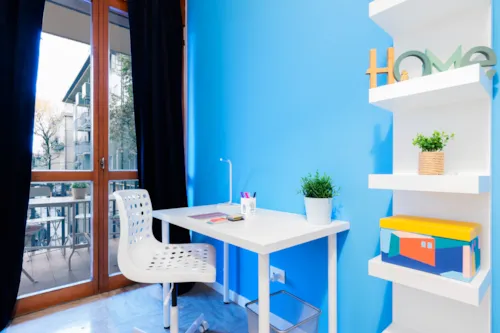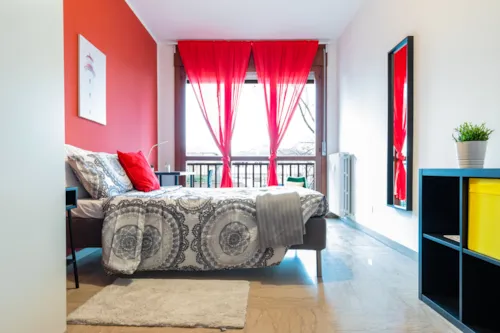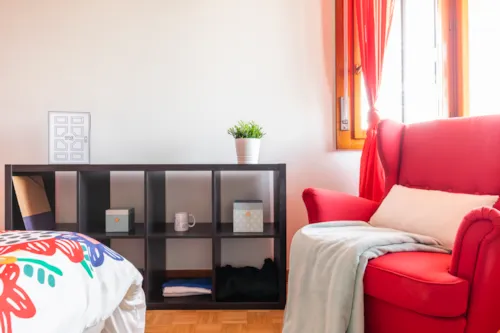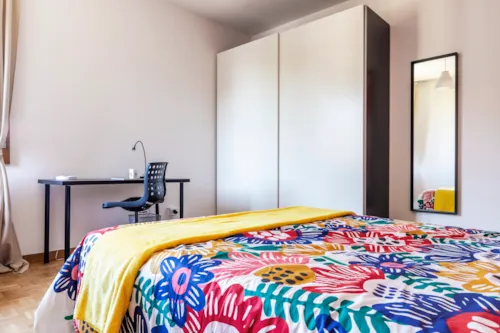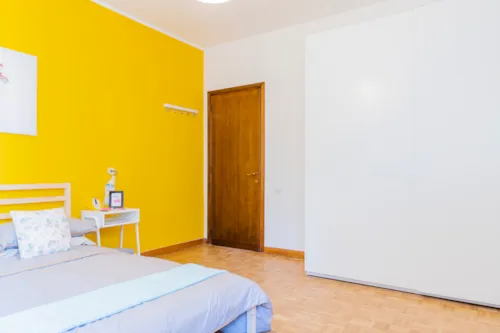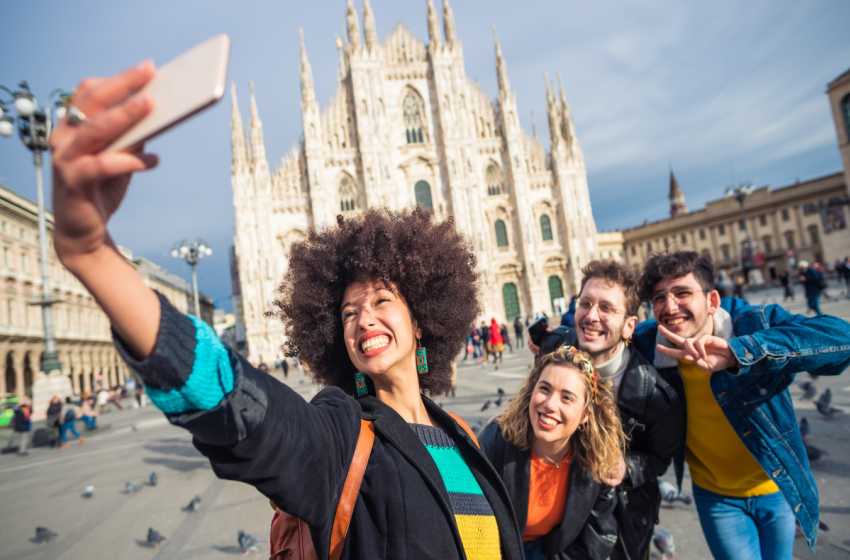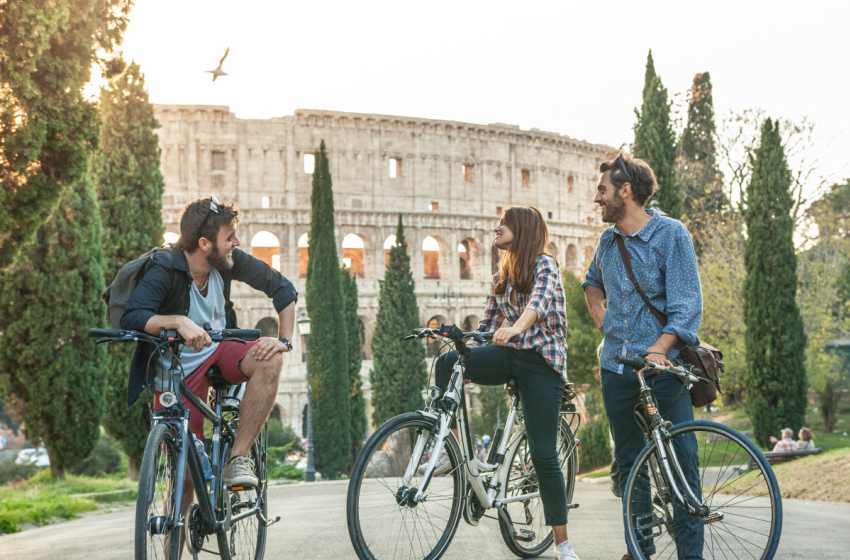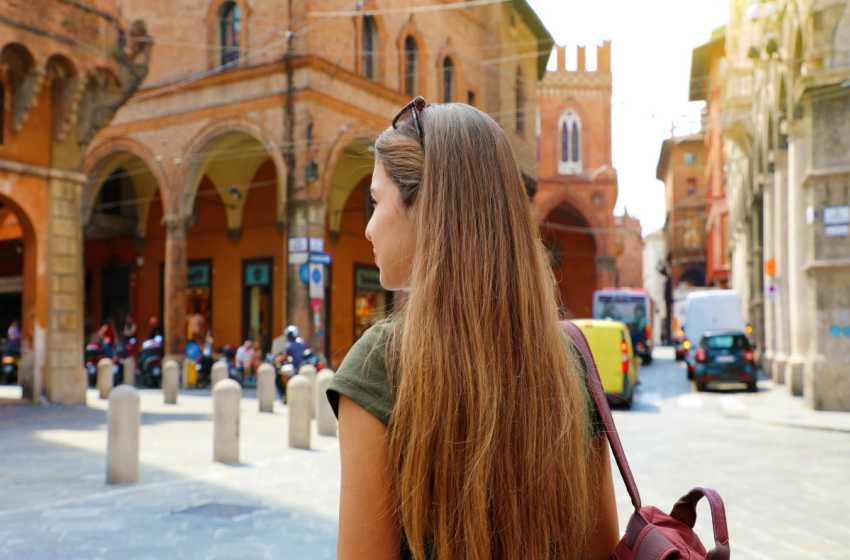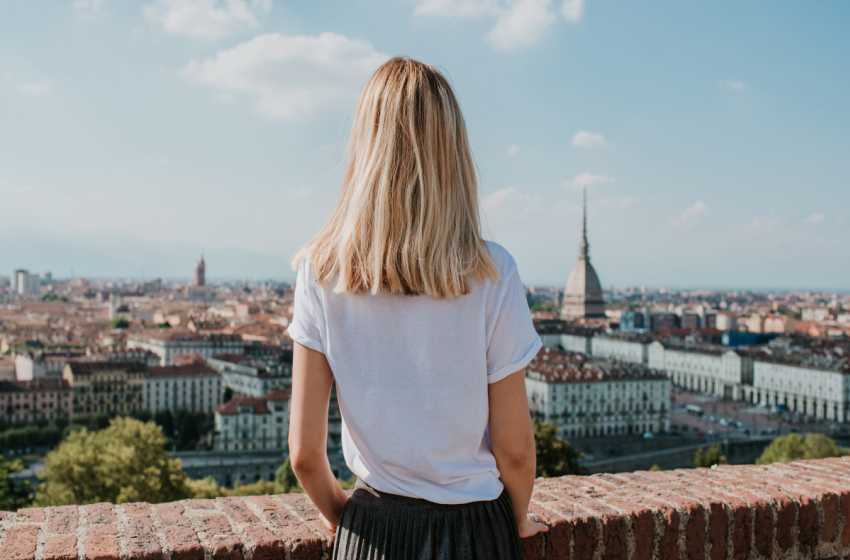
Padua
It is known as 'the city of the three without', i.e.: the 'Saint without a name' (St. Anthony only known as 'the Saint'), the 'café without doors' (referring to the Café Pedrocchi, formerly open 24 hours a day) and the 'meadow without grass' (referring to Prato della Valle, where grass only grows in the central island).
Living in Padova
Padova is the capital of the province of the same name, located in the north-east 40 km west of Venice. It takes its name from a Portuguese priest, St. Anthony of Padua, who is buried in the Basilica of the same name and worshipped there. It is a city dotted with narrow porticoed streets and large squares, like Venice or Treviso, to which it is historically and architecturally very similar. It shares with these cities a symbiosis with the river that flows through it, the Bacchiglione, which forms canals that run between its walls. The city has established itself as an important commercial centre in Italy and its industrial area is one of the largest in Europe. Many people consider living in Padova to be a good experience. It is approachable, liveable, and most importantly, friendly. It can be beneficial for you to get to know the city better if you are considering migrating to Padova for work or study. The historic centre is always the most fascinating part of any city and Padova is no exception. Among wonderful palaces, markets, and shops you can find everything you need. For walking you will have no less than 25 km of ancient arcades at your disposal. Another advantage of living in the centre is that you can easily get around on foot, by public transport or by bicycle. If, on the other hand, you have a car, and have decided to live in the centre, you will have to provide a garage where you can park it.
The San Carlo and Pontevigodarzere district is located north of the railway station. It is one of the most densely inhabited areas and is rich in services: supermarkets, shops, and clubs, plus a sports hall, the Palaghiaccio (ice rink), a sports centre with several swimming pools, the health district, medical analysis centres and parks that make it the green lung of Padova.
Other interesting areas in the city are Sacro Cuore, Sant’Ignazio e Montà, residential districts with vast green spaces situated in the northwest of the city. They are adjacent to Padova's largest multiplex theatre, the city stadium, the Gran Teatro Geox, where performances are held, and the ring road. It is a bike-friendly region, and underpasses and cycling paths allow you to safely travel to the centre.
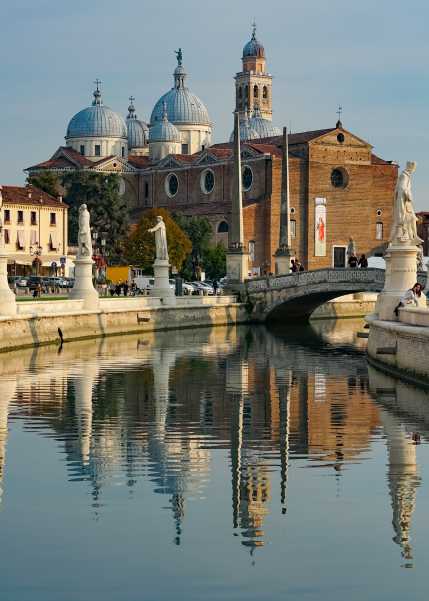
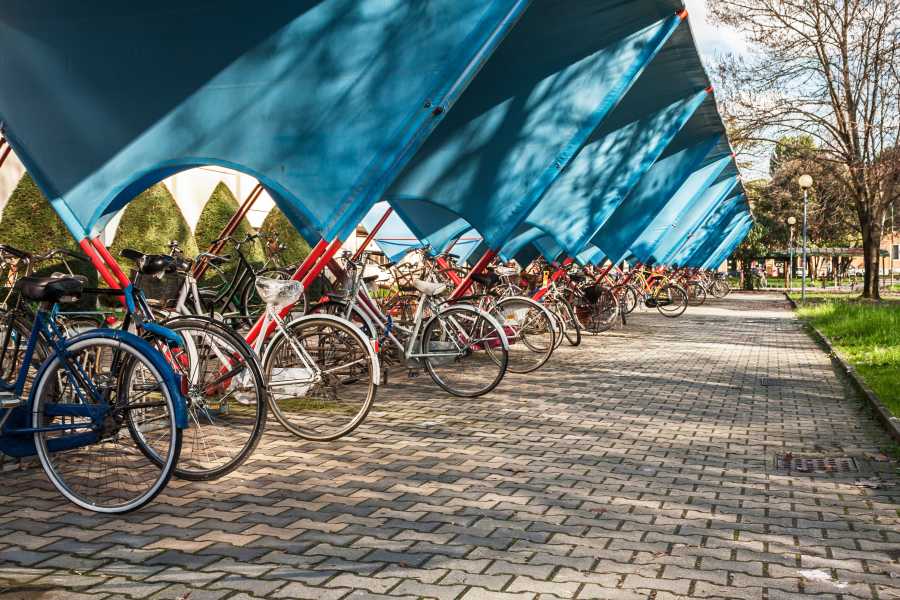
There are also residential regions from where you may easily walk to the centre like San Giuseppe, Palesto and airport area. There are plenty of restaurants, bars, pharmacies, and supermarkets in the neighbourhood. Additionally, there is a tennis club, a pool, a medical analysis facility, and a few hip clubs there. It is a calm neighbourhood that is equally far from the centre and the ring road.
Other residential areas are Mandria, Paltana e Armistizio situated in the south-western part of the city. It is located adjacent to two waterfronts, surrounded by greenery. It is one of the least expensive for renting or buying a house. The northern part is close to the Bacchiglione and provides quick access to the city. The southern part runs along the Battaglia canal, and a wide cycle-pedestrian path allows one to reach Este, the Euganean Hills and Monselice.
Guizza area is located south of the old town. If you are a sportsman, it is the district for you. The lungargini is one of the favourite areas for Paduans to do sports in their free time. The area is mainly residential, crossed by a tram and close to a ring road exit. In addition to a hypermarket and premises of various kinds, there is also a multiplex cinema.
Other well-connected residential areas with excellent services are: Santa Croce, Madonna Pellegrina, Sant'Osvaldo, Forcellini, Terranegra, San Lazzaro, Mortise, Torre and Ponte di Brenta.
Getting around on foot or by transport is definitely the most recommended system, the car the most ill-advised! Lack of parking spaces, the ZTL zone, and pedestrian streets make car use a real nightmare. Here are some directions for using the public transport network. Padova has an excellent city bus network, which covers every corner of the city in a capillary manner. Padova also offers a tram line, still operated by the Busitalia Veneto company. This line is the SIR1, which has 25 stops and two terminuses, Capolinea Nord R and Capolinea Guizza R. Thanks to the Good Bike Padova service, you can take advantage of Bicycle Sharing, which consists of 25 stations and 250 public bicycles.
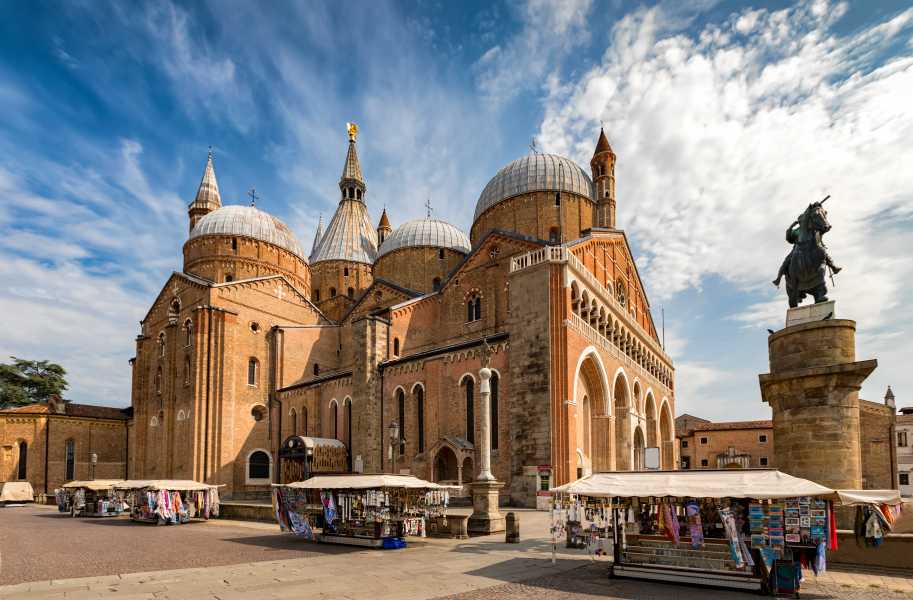
What to see in Padova
The city has preserved its historic urban form, including magnificent squares, huge palaces next to modest structures, and narrow streets with arcades in the city centre, despite the numerous conflicts that have taken place over the years and the ensuing reorganizations. Basilica of Sant'Antonio: located in the heart of the historic centre, this domed basilica is the richest and most representative building to be seen in Padova. It was built in the 13th century to house the sacred relics of the Portuguese priest St. Anthony, who lived and died here.The Basilica is composed of a myriad of different architectural styles. The exterior features a Romanesque façade, eight Byzantine cupolas and Gothic bell towers. All this forms a sumptuous and impressive ensemble. The interior is equally magnificent, with colourful frescoes, marble sculptures and gilded works of art.
Besides visiting the Basilica, you can also admire several Renaissance cloisters and chapels and a museum dedicated to the saint. One of the gems of the early Italian Renaissance is The Scrovegni Chapel can be found in this tiny private chapel that was constructed in the 14th century on the edge of an ancient Roman arena. Enrico Scrovegni, a wealthy banker who owned it, hired Giotto to embellish the interior of his church in the arena. This collection of frescoes is considered to be the most important work of art from the fourteenth century. The technological and artistic developments of the Renaissance were significantly affected by his work. Caffè Pedrocchi is the city's iconic café which dates back to the 18th century and is where many historic events have taken place and famous people have gathered over the years. Artists and intellectuals were drawn to this venue to meet and discuss their ideas. Among its visitors can boast Lord Byron and Stendhal, who described it as "simply the best in the world". But be careful if you are a student: it is said that if you enter before having finished your studies, you will not get your degree. Piazza dei Signori is one of the main squares of the oldest Padova. It was built in the 14th century around the Clock Tower. On the other side of the square is the Church of San Clemente. All around are many restaurants, shops, and cafés, where you can relax and shop. Prato della Valle is the largest square in Italy and Europe: it measures 90,000 square metres! Apart from its size, its special feature is that there is a circular canal, surrounded by dozens of statues of famous people: philosophers, writers, scientists, and doctors. But Padova is not only history or study, but it is also shopping, here are some outletsin and around Padova where it is worth taking a tour: Maliparmi Outlet, Non Solo Sport Outlet, Industries.
Studying in Padova
The University of Padova, based in Palazzo Bo, is one of the oldest and most prestigious in Italy. It even had Galileo Galilei among its professors for 18 long years. In 1678, the first woman in the world, Elena Cornaro Piscopia, graduated here. The building is also famous for the presence of the first 'anatomical theatre', created specifically for the dissection of cadavers and the study of the human body. Today, it is a university whose aim is to offer its students a rich cultural background as well as high-level professional training. For example, the university's psychology course in Padova guarantees a solid education and, after graduation, countless professional outlets.
Unipd boasts 8 faculties and 32 departments offering a broad and comprehensive portfolio of programmes, ranging from engineering to economic and political sciences, from medicine to humanities, from psychology to agriculture, from law to science.

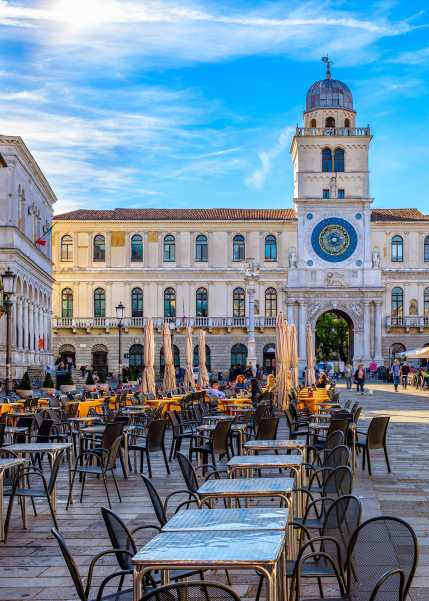
Where to eat in Padova
When it comes to restaurants in Padova, one is spoilt for choice. Being a tourist city, but also a university town, the gastronomic offer ranges from pizzerias to sushi bars, from starred restaurants to osterias. Here are a few suggestions where you can sample traditional dishes.
La Folperia
It is, actually, not a restaurant, but a small kiosk offering a menu of snails and fish, specialising in folpetti (baby octopus) to accompany the inevitable Spritz.
(Immagine di uno Spritz e un piatto di folpetti)
Address: Piazza della Frutta, 1
Bacaro Padovano
An osteria where you can enjoy the famous Paduan cuisine and their speciality, chicken imbriaga with polenta.
Address: Via S. Gregorio Barbarigo, 3
Nane della Giulia
The oldest restaurant in the city. You can sit at a table that dates back to the end of the 19th century and taste typical dishes of Veneto cuisine, such as the traditional baccalà mantecato or the 'renga', i.e., smoked and salted herring, accompanied by figs and polenta.
Address: Via Santa Sofia, 1
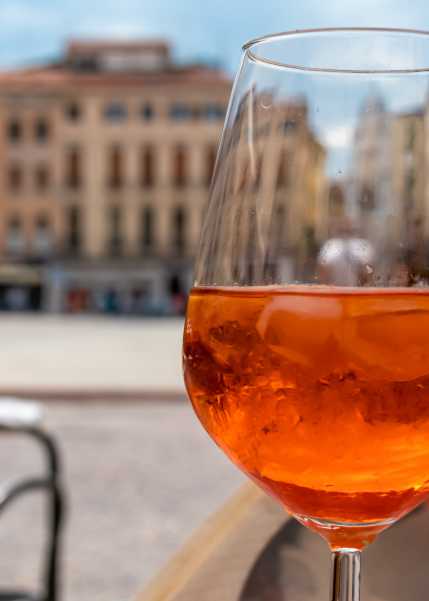
Apartments in Padua
Some questions?
Have more questions?
